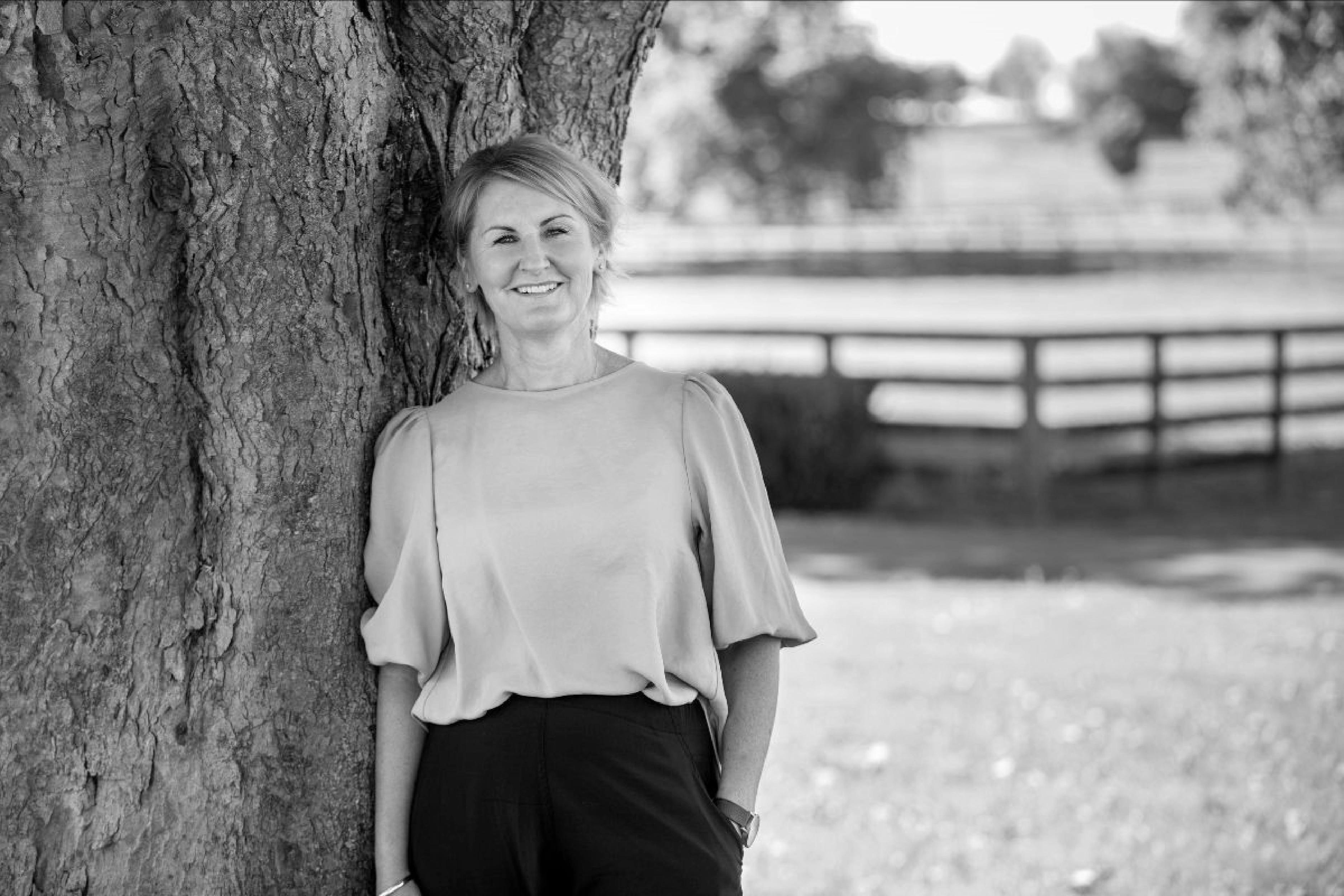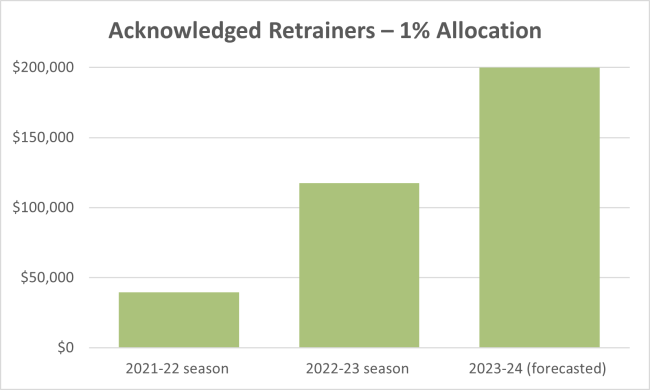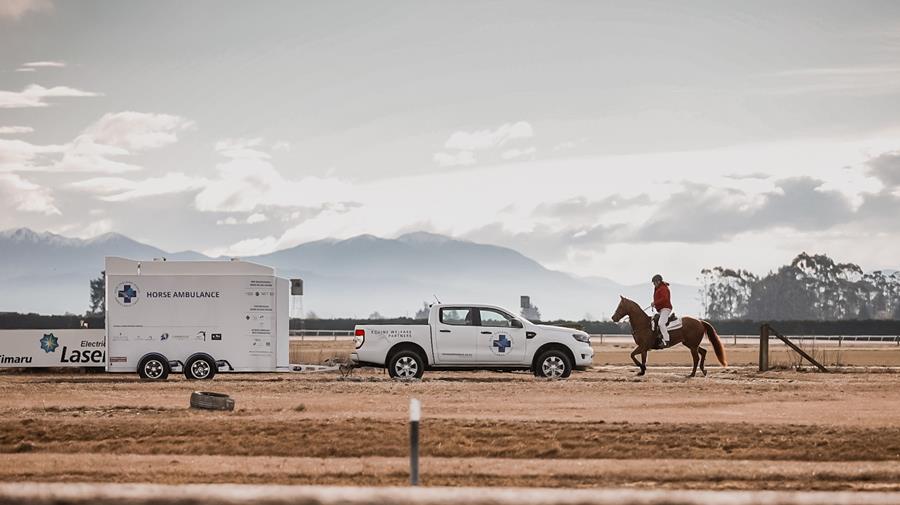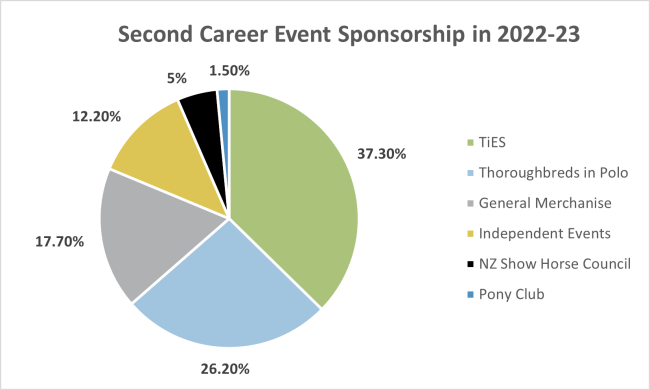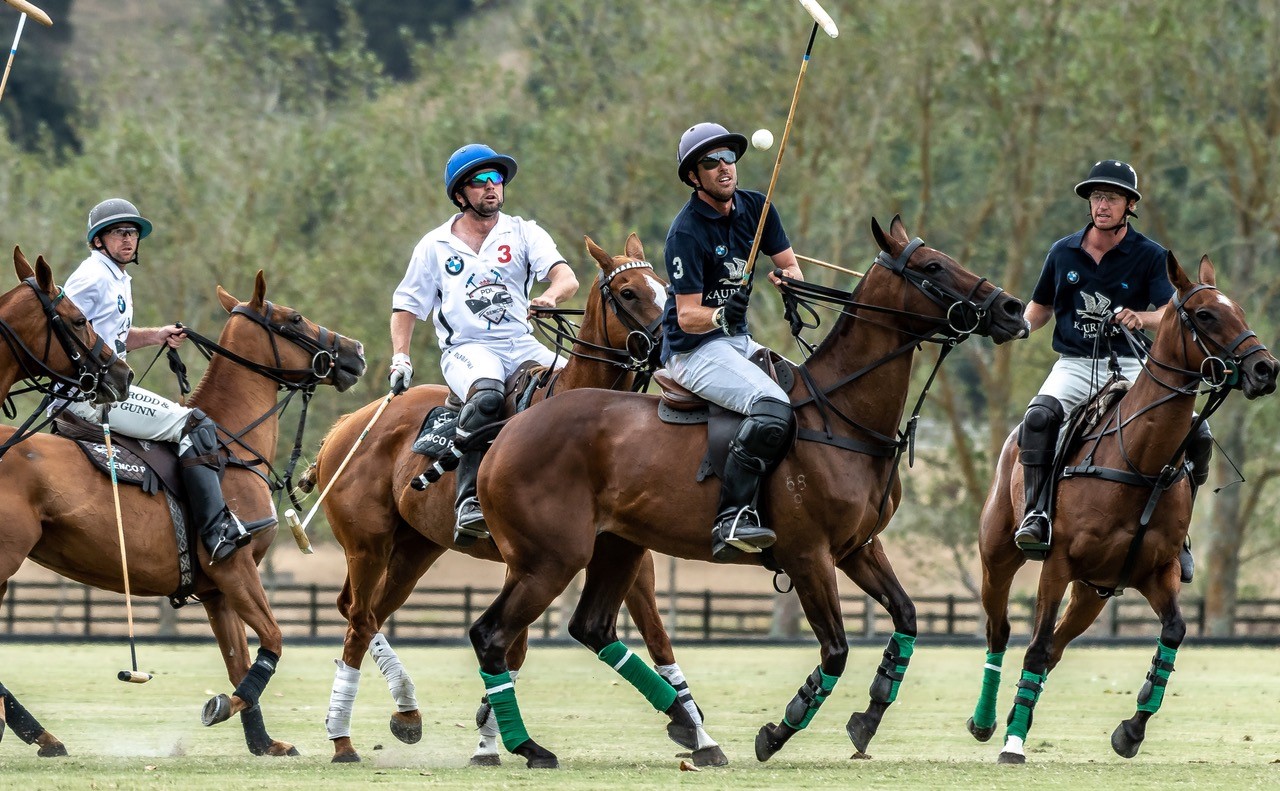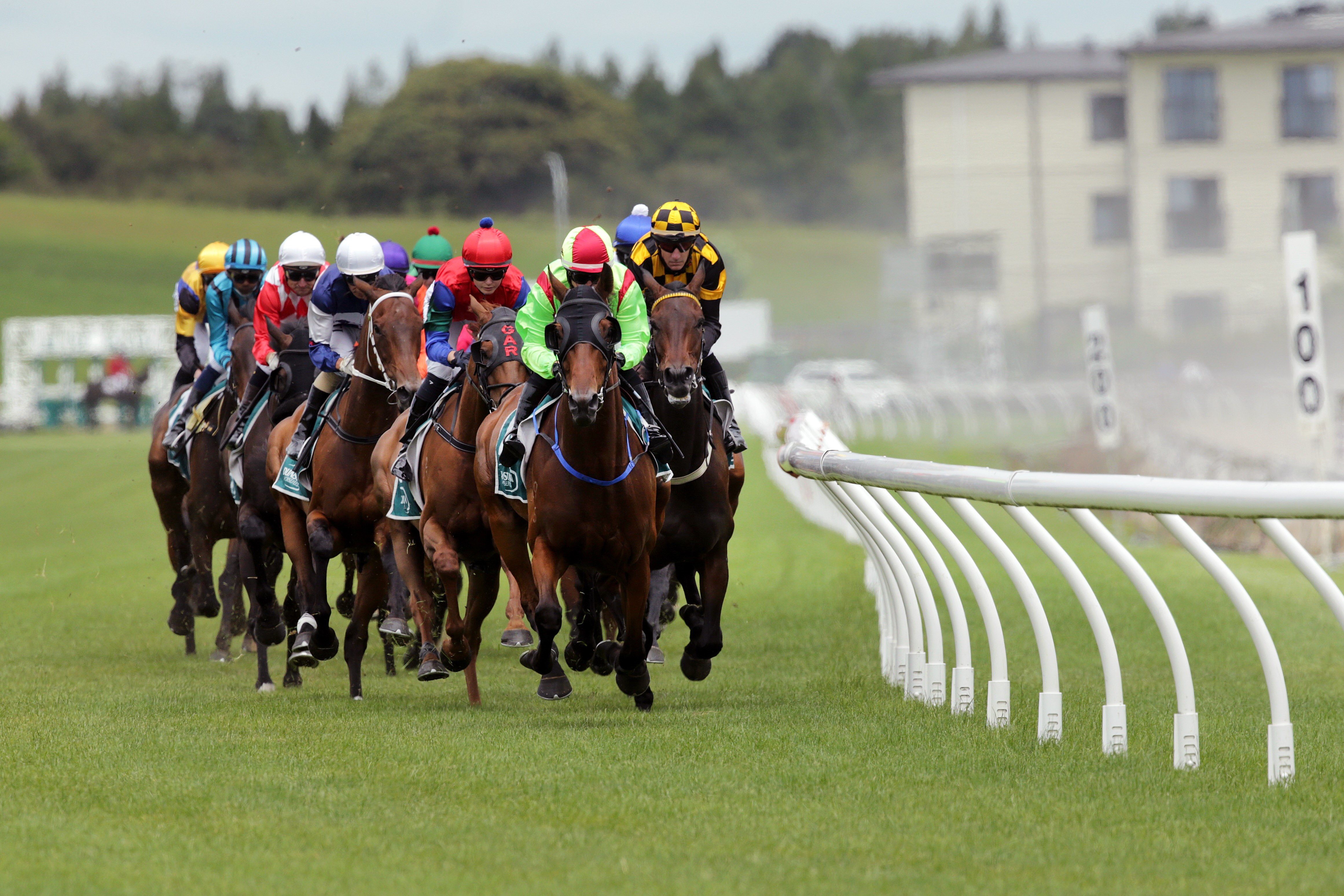Having recently joined NZTR as the Head of Welfare and Sustainability I’d like to take the opportunity to state how seriously I take the responsibility to protect the sustainability of our industry and the welfare of our horses. I intend to be transparent to our stakeholders where the 1% stakes levy is being spent and explain why the allocations are money well invested.
I look forward to working with Alice Riggins and Donna Cameron who have been very supportive during the transition period.
This newsletter will summarise the 2022-23 season and shares some of the goals and forecasts for the next twelve months.
The allocation of the 1% fund is carefully considered, and we are working on developing new initiatives, including those that ensure we give our thoroughbreds a happy and purposeful life after racing and support them in their second careers.
I cannot stress how important it is to incentivise Thoroughbred ownership in the sport horse community. When you look at the portion of their life spent in the racing industry, it becomes obvious that Thoroughbreds can spend around three-quarters of their life span in other pursuits. As breeders, owners, trainers and industry participants, we owe it to the horses to make sure they have the best chance to thrive.
With this in mind, a large portion of the 1% fund is dedicated towards NZTR’s 13 Acknowledged Retrainers that are based nationwide. This is a network of skilled horsewomen and men around the country who ensure the horses that come through their system during the transition from racehorse to sport horse are schooled, healthy and happy before being well-matched with their next owner.
A large portion of the spend also goes towards the NZ Horse Ambulance – a crucial service to not only our industry, but the equine community as a whole. The 1% allocation funds the NZ Horse Ambulance to be at every race and trial meeting, something I think we can all agree is an essential service.
In the 2023-24 season the 1% fund will be approximately $908,000, this is an increase from the 2022-23 term which reflects an increase on stakes.
It is important we keep striving to improve and work towards our welfare and sustainability goals. We are always open to ideas and feedback, and I look forward to working with you all to secure racing’s social licence so we can continue to enjoy the sport and horses that we are all so passionate about.
Justine Sclater
NZTR Head of Welfare and Sustainability
Expenditure
Acknowledged Retrainers Funding
NZTR Acknowledged Retrainers is one of the major allocations of the 1% fund and the contribution continues to increase, recognising the benefits of horses having professional support during the transition from racehorse to sport horse.
The 1% allocation goes towards the Leg Up Grant which covers initial costs on arrival like farrier or dental work, admin support payments to help NZTR’s traceability, subsidising safety equipment, and branded apparel.
There were 385 horses rehomed via the 13 NZTR Acknowledged Retrainers during the 2022-23 season. This is up on the 286 rehomed in 2021-2022. These numbers do not include any horses arriving from Hong Kong.
The goal for 2023-24 is 400 horses, which is likely to be top capacity before other avenues need to be investigated.
Contributions to NZTR Acknowledged Retrainers have risen significantly. In the 2021-22 season the contribution was $39,478, $117,510 in the 2022-23 season and $200,000 is our forecasted spend for the 2023-24 term.
NZTR acknowledges that there are currently pressures on rehoming Thoroughbreds both domestically and internationally. Some of this can be attributed to the cost-of-living crisis, extreme weather events and so on.
Acknowledged Retrainers work with tight profit margins, therefore NZTR are working to educate owners and breeders about expectations when they are looking to rehome a Thoroughbred.
For example, if a horse arrives at an Acknowledged Retrainer’s property in good condition, with new shoes and the transport paid for, then the retrainer is more likely to break even or even profit from its subsequent sale.
The rehoming of Thoroughbreds is one area that puts racing’s social licence at risk, therefore Acknowledged Retrainers need to remain financially viable so they can continue to provide a valuable service to the industry.
NZ Horse Ambulance
The 1% levy funds the NZ Horse Ambulance to be in attendance at every Thoroughbred race day and trials meeting. Horse Ambulances are also located at major training centers and are able to provide assistance outside of race day where referral to a veterinary clinic is required.
In the 2022-23 season the Horse Ambulance was deployed 38 times to both race day and non-race day incidents involving a Thoroughbred in training or breeding. In addition to its practical utility, the presence of the
Horse Ambulance at race day and trials meetings demonstrates an industry-wide commitment to animal welfare and ensures that any injury can be dealt with in a swift and dignified manner.
In the 2022-23 season $202,205.86 was put towards the NZ Horse Ambulance with a similar forecast for the 2023-24 term.
Second Career Sponsorship
Providing a pathway for Thoroughbreds to progress into their lives after racing is crucial to ensuring the sustainability of the racing industry. The 1% levy put towards sport horse sponsorship is a significant incentive for riders to have a Thoroughbred as their sport horse of choice.
In 2022-23 the 1% levy funded the TiES programme, Thoroughbreds in Polo, 35 independent events such as local sports days and A&P Shows.
TiES
The Thoroughbreds in Equestrian Sport programme (TiES) was established in 2014 to demonstrate the versatility of Thoroughbreds and increase their uptake into equestrian sports.
In 2022-23 $42,243 from the 1% fund was spent supporting the programme.
It will receive a significant boost for the 2023-24 season, with over $76,000 from the 1% fund on offer to eligible competitors across two series.
New this season, the TiES Futurity Series will run alongside the Accumulator Series and has been developed specifically for horses in their first or second year of Equestrian Sport New Zealand (ESNZ) registered competition.
With a prize pool worth $34,800, the Futurity Series is restricted to show jumping for its first year with scope to develop.
The Accumulator Series will offer a prize pool of $41,500 to eligible competitors in show jumping, dressage and para dressage, eventing, show hunter, endurance and competitive trail riding.
There will be an additional bonus in each qualifier and final for the highest-placed horse sourced directly from an NZTR Acknowledged Retrainer. This has been offered to recognise those who have given our thoroughbreds an opportunity in their second career.
Currently there are 400 thoroughbreds registered for TiES.
Thoroughbreds in Polo
Polo are significant supporters of New Zealand thoroughbreds in their second careers. Thoroughbreds are the highest represented breed in the sport and are highly competitive on the polo field. Polo provides our industry with a viable option for thoroughbreds in their second careers, especially those of smaller size. New Zealand Thoroughbreds are well regarded and sought after internationally and NZTR will continue to support polo as an avenue for Thoroughbreds in an athletic career after racing.
Welfare Assistance
In the 2022-23 season NZTR supported 41 Thoroughbreds that were found to be in a state of neglect via the SPCA, MPI, RIB and selected rescue groups. $100,212.93 from the 1% fund was spent in this area, an increase on the previous season.
NZTR acknowledges increased financial pressures, compounded by adverse weather events and increased feed prices, are often felt by those with Thoroughbreds in their lives after racing.
NZTR is committed to continuing this support and forecast further need for this welfare assistance. It is important the industry looks to make and improve current strategies to ensure Thoroughbreds are less likely to be found in a state of neglect.
Equine Research
Research is a vital part of the welfare and sustainability model and we wish to make a greater commitment to this area. New Zealand racing has one of the lowest race day fatality rates in the world. Maintaining this low rate, or even reducing the rate, of race day fatality is dependent on understanding what variables may contribute to these events. The team as Massey University and New Zealand Thoroughbred Racing has a two-pronged approach to reducing this rate, via epidemiology (using large datasets to understand what racing and environmental variables contribute to breakdown) and a focused horse specific post mortem scheme to identify any changes present in the limb that may have predisposed the horse to breakdown. It is important we have data generated from New Zealand as differences between countries in the pattern of racing and training can have a large impact on the risk of breakdown and the site of injury.
Equine Mortality
Formation of the NZTR Equine Mortality Review Panel
When a horse is humanely euthanised because of a racing injury or otherwise dies at a race meeting, heightened scrutiny is warranted. In May 2023, NZTR formed the NZTR Equine Mortality Review Panel whose role is to examine the circumstances of every equine fatality in racing, trialling, and training and determine whether identifiable factors may have contributed to the horse’s death.
Understanding that the circumstances leading to a horse’s death may be complex and multi-factorial, the panel’s broader purpose is to use findings and information gathered to recommend measures that may mitigate future risk and to educate all stakeholders in equine fatality prevention.
Population Analysis/Traceability
Part of the 1% spend is dedicated to providing the industry with an understanding of Thoroughbred population dynamics and gain indications of proportions of horses that do not race, have racing careers, and what each horse’s reason/circumstance is recorded when leaving the racing population.
NZTR have commenced a data analysis study with an independent group who will provide a better framework for future reporting. This is to give a greater understanding of retired Thoroughbreds and potential rehoming population going forward to enable planning.
In the future NZTR aim is to have traceability of the entire foal crop. This is a massive undertaking and will take some navigation as to how to achieve it. The Welfare and Sustainability team are working towards identifying a date from which this would be possible as it is not possible to resource comprehensive retrospective traceability.
Communication and Education
NZTR have a forecast spend of $124,000 out of the 1% levy to be spent on communication and education. The goal is to equip industry participants with accurate facts, figures and information to help protect racing’s social licence.
As part of this process Kick Up For Kiwi's Vicky Leonard is booked to come to New Zealand to run a workshop for industry participants, looking at the psychology of social change, the challenges facing racing’s social licence and what can be done to improve the perception of the industry.
Your feedback is always welcome. Please email Justine Sclater at Justine.sclater@nztr.co.nz or Alice Riggins at Alice.Riggins@nztr.co.nz.




